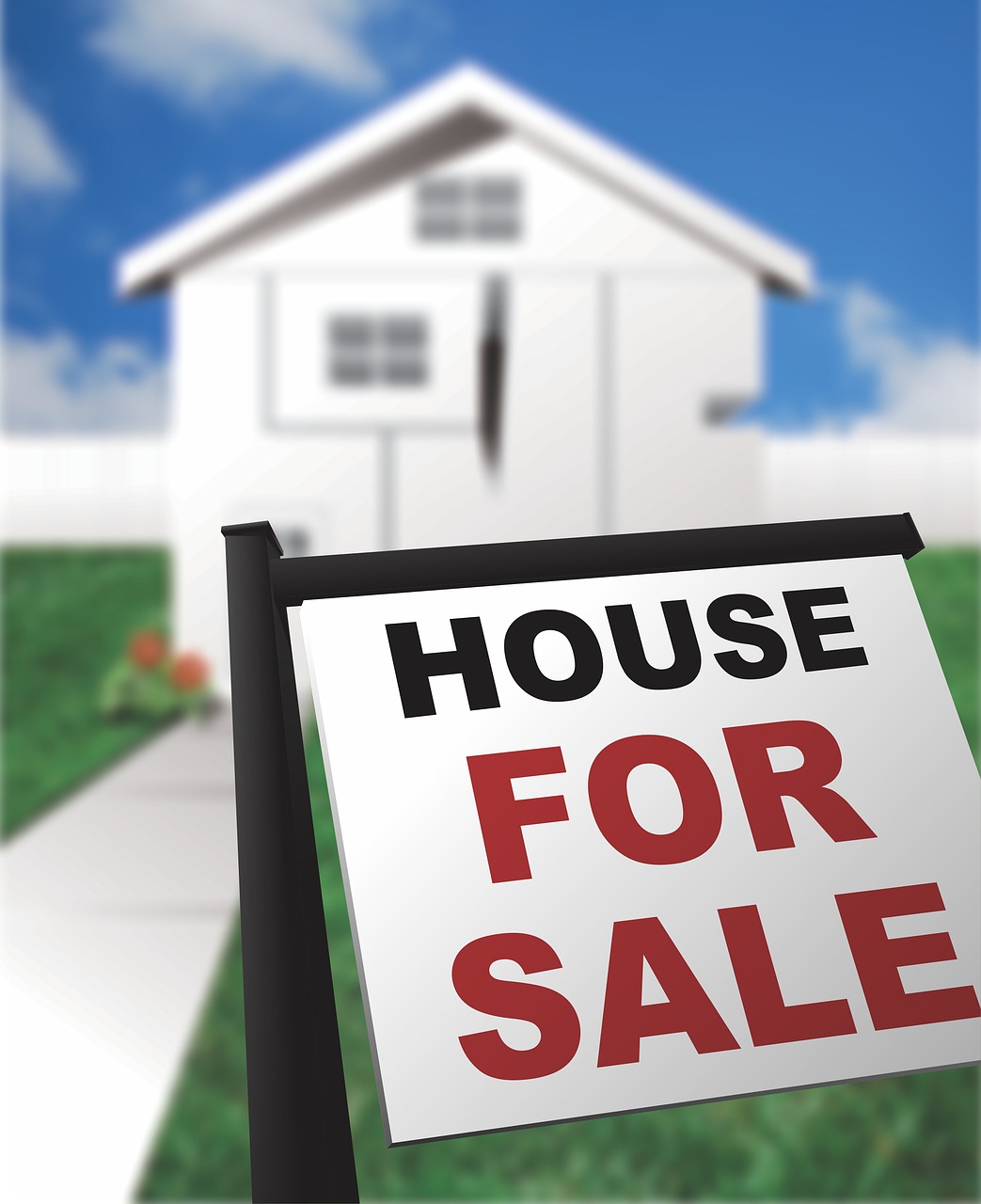While coming to the table with a 20% down payment was once a regularly touted rule of landing a mortgage, there are now plenty of loan programs that don’t require such a large amount to secure the keys to your new home. Paying 3% instead of 20% certainly sounds like less financial stress, but there is a catch – many loan programs with low to no down payment requirements come with an additional burden: Private Mortgage Insurance (PMI) or Mortgage Insurance Premium (MIP).
This pesky little add-on gives the lender added insurance should you default on your home loan. But while the lender would receive the money should your financial situation go south, you are the one paying the premium. So it’s important to note: this type of insurance does not protect you, the homeowner, should you no longer be able to make your payments.
Here are a few basic facts to help you decode this extra mortgage insurance mystery and help understand where your money is going, should you take this route.
What’s the difference between Private Mortgage Insurance (PMI) or Mortgage Insurance Premium (MIP)?
In simple terms, PMI is what you would pay with a conventional loan, while MIP is what you would pay with a FHA-insured loan.
As mentioned before, conventional loans require PMI for borrowers who aren’t putting 20% down. FHA loans, on the other hand, only require a minimum down payment of 3.5%, so all borrowers must pay MIP. In addition, MIP is purchased from the government, while PMI is purchased from the private sector.
How much does it cost?
Here’s the simple answer: it depends. PMI fees are dependent on a few different factors: the cost of the home, the size of your down payment, the health of your credit score, and the insurer you go with. The amount can be anywhere from .3% to 1.5% of the loan amount each year.
Bankrate offers this example:
Peyton buys a $200,000 house and makes a 10 percent down payment, borrowing $180,000. Peyton has a 740 credit score.
According to their calculations, his insurance rate would be .44% per year, which would carry a annual premium of $792 and a monthly premium of $66.
Use this calculator to calculate your PMI rate.
MIP rates are calculated differently. FHA loans require an upfront MIP payment (1% of the loan amount minus the down payment), plus an annual fee. Find out how to calculate your annual MIP here.
How long do you have to carry PMI or MIP on your home?
Most lenders will require you carry PMI on your conventional loan until you build at least 20% equity in your home. They are required to drop the insurance automatically once you reach a loan-to-value ratio of 78%, however, you can request that they drop it once you reach that loan-to-value ratio of 80%.
On the other hand, the required length to carry MIP is a little more complicated than PMI and can range wildly depending on several factors. Read this article from Quicken Loans for more of a breakdown.
Are there ways to avoid paying PMI or MIP?
The easiest way to avoid paying mortgage insurance, unfortunately, is to pay that 20% down payment upfront. If this simply isn’t an option, you could take out a smaller loan for the down payment. It’s important to note, however, that the interest rate on this loan will likely be higher than the interest rate on your mortgage – so be sure to fully understand the financial ramifications of taking this route.
If you have an FHA loan you can’t avoid paying MIP — although you could potentially refinance into a conventional loan down the road when you’ve amassed some equity and your credit score is in good shape.
It might be nice to have the option of purchasing a house before saving for a massive down payment, but mortgage insurance can certainly take some of the excitement away. Make sure to crunch your numbers and see how adding mortgage insurance to your monthly payment could impact you.

